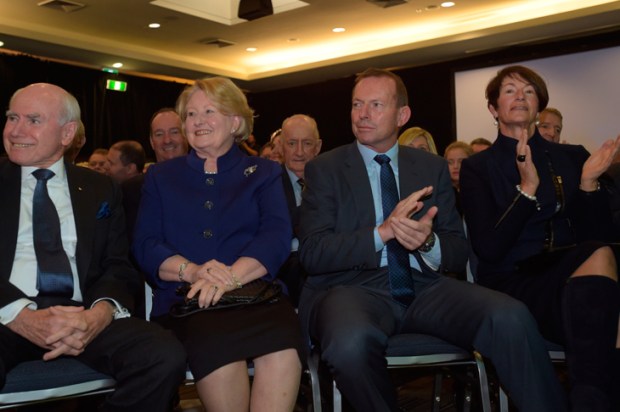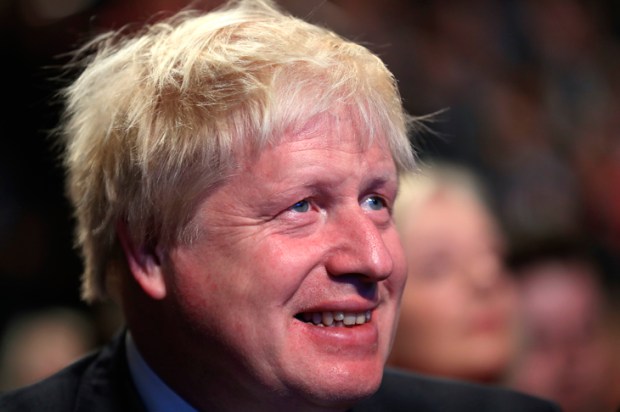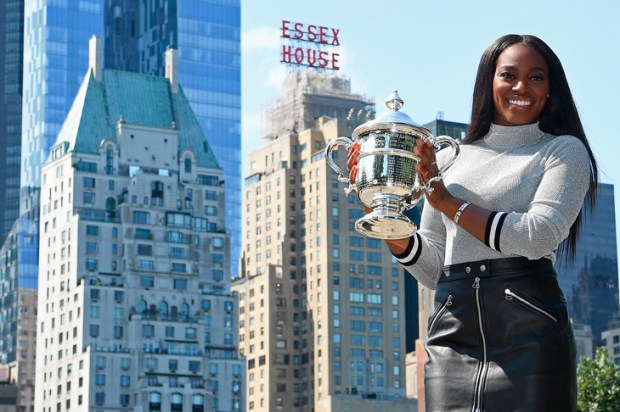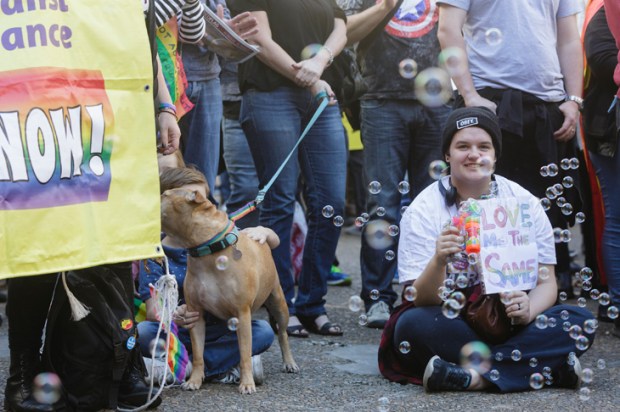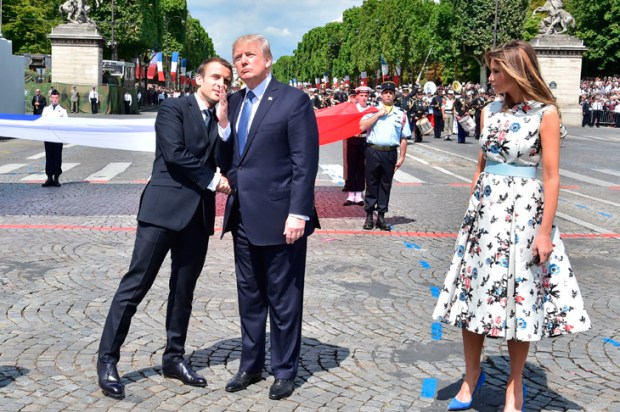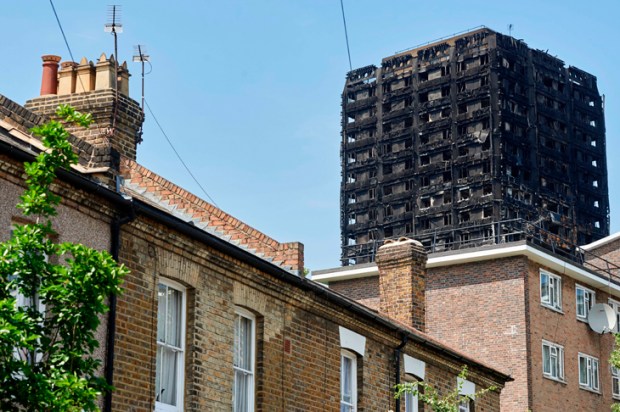Colin Dillon – Straight shooter
In times of shrill complaint, it is worth contemplating the life and career of a good man, an honest cop. Colin Dillon was the first serving officer voluntarily to give evidence of Queensland police corruption to the Fitzgerald Commission of Inquiry in 1987. It was a brave call.
Dillon suspects that Commissioner Tony Fitzgerald cut short the Inquiry into the trade in illegal drugs because of detective Tony Murphy. ‘Murphy’s reputation for violence and intimidation usually ensured that the allegations made against him for impropriety were withdrawn by his accusers.’ ‘If Tony Murphy had really felt threatened by the Commission of Inquiry, I sometimes wonder whether Tony Fitzgerald – or I – would still be around today.’
I am an acquaintance of Colin Dillon and was very pleased to spot a copy of his book, Code of Silence. Col, his son Anthony, and I have discussed Aboriginal issues over a number of years. Anthony makes the point that growing up, he considered himself the son of a policeman, not the son of an Aboriginal policeman. A substantial part of the book contains no reference to Dillon’s indigenous heritage. It is clear that for Dillon work came first; identity a distant second. Nevertheless, as he states ‘my father experienced racism throughout his life… I was proud to think that I was the first Indigenous man to be promoted to commissioned rank in any police force in Australia.’
Joining was simple. Dillon was working at the Ipswich Post Office when he passed an elderly sergeant standing outside Ipswich police headquarters. The sergeant asked if he had ever thought of joining the police force. Dillon replied, ‘I’ve wanted to be a policeman ever since I was a boy.’ ‘Come up to my office, lad. I’ll get you an application form and we’ll fill it out.’
On his mail run Dillon had befriended a police constable who confided to Dillon after his interview, ‘There is a sergeant at my station [who said] that if you were posted to the same station, he would refuse to walk down the same side of the street.’
Dillon was stunned but encouraged because the constable also said, ‘try not to let it worry you because the senior sergeant is happy that you have signed up and so are plenty of others.’
A real policeman
Dillon spent much of his career in operational areas of policing, a significant part in the notorious Licensing Branch, which dealt with SP bookies, gambling, prostitution and inevitably, drugs. Dillon’s stories of raids on SP bookies and brothels, often foiled because senior police had tipped off the crooks, are reason alone to read the book. And daring do: such as throwing himself onto the bonnet of a car outside a brothel to stop a deranged woman driving over her man.
Dillon was under enormous pressure to fall in line with the backhander mentality. Instead, he stood apart and, when the time was right, gave evidence that helped put numerous officers away.His ‘reward’ was to be promoted to the Professional Standards Unit, investigating police, which made him less popular than giving evidence to the Fitzgerald Inquiry. Nevertheless, in time, he was promoted to the rank of inspector.
The language of the book changes in his retelling of his role at the Cultural Advisory Unit. Dillon attended annual indigenous celebrations at Musgrave Park in Brisbane. He was dismayed ‘by the number of police… often dressed in riot gear and with a couple of paddy wagons at the ready. The police always stand on a hill overlooking the park; I have never seen them mingle with people.’ Dillon recalled a senior Queensland police officer telling the audience at a public meeting ‘it was hard to recruit indigenous people to the service because of their low intellect.’
‘I had experienced enough racism during my career to know that it existed in all ranks, from executive to the lowliest constable.’ And he was not reluctant to get stuck into his people. Senator John Herron, Australia’s best minister for Aboriginal affairs, appointed Dillon a Commissioner at ATSIC. Dillon tells the story of a stoush between ‘Sugar’ Ray Robinson and Terry O’Shane, ‘both of whom had reputations as useful boxers in their younger days, jumped up out of their chairs and assumed a fighting stance.’ It fell to Dillon, still a serving policeman, to separate them.
After policing
After 36 years in the force, Dillon joined the Department of Aboriginal and Torres Strait Islander Policy. One assignment was to review the alcohol management plan on Mornington Island. In spite of an attempted snow job by the Mayor, Dillon and a colleague wandered out after midnight. ‘What we saw that night were some of the most shocking and heart-wrenching scenes I had witnessed in my life – things I’d not seen in nearly four decades policing.’
‘Everywhere we looked, people were fighting, screaming and shouting… We saw women sprawled on the ground, paralytically drunk; others fighting and brawling with each other, fighting with their men, falling over in the road and incapable of getting back on their feet.What upset me most were the children wandering the street. We counted 30, perhaps more, ranging from little toddlers to teenagers. As we drove slowly along [the main street] we could see the predators riding their bikes backwards and forwards doing “wheelies”, no doubt hoping to impress and attract some of the less cautious children.’
Dillon’s report of Mornington fell on deaf ears. Reports in recent days from Aurukun in Cape York suggest little has changed, but for Colin Dillon, it was not for want of trying.

